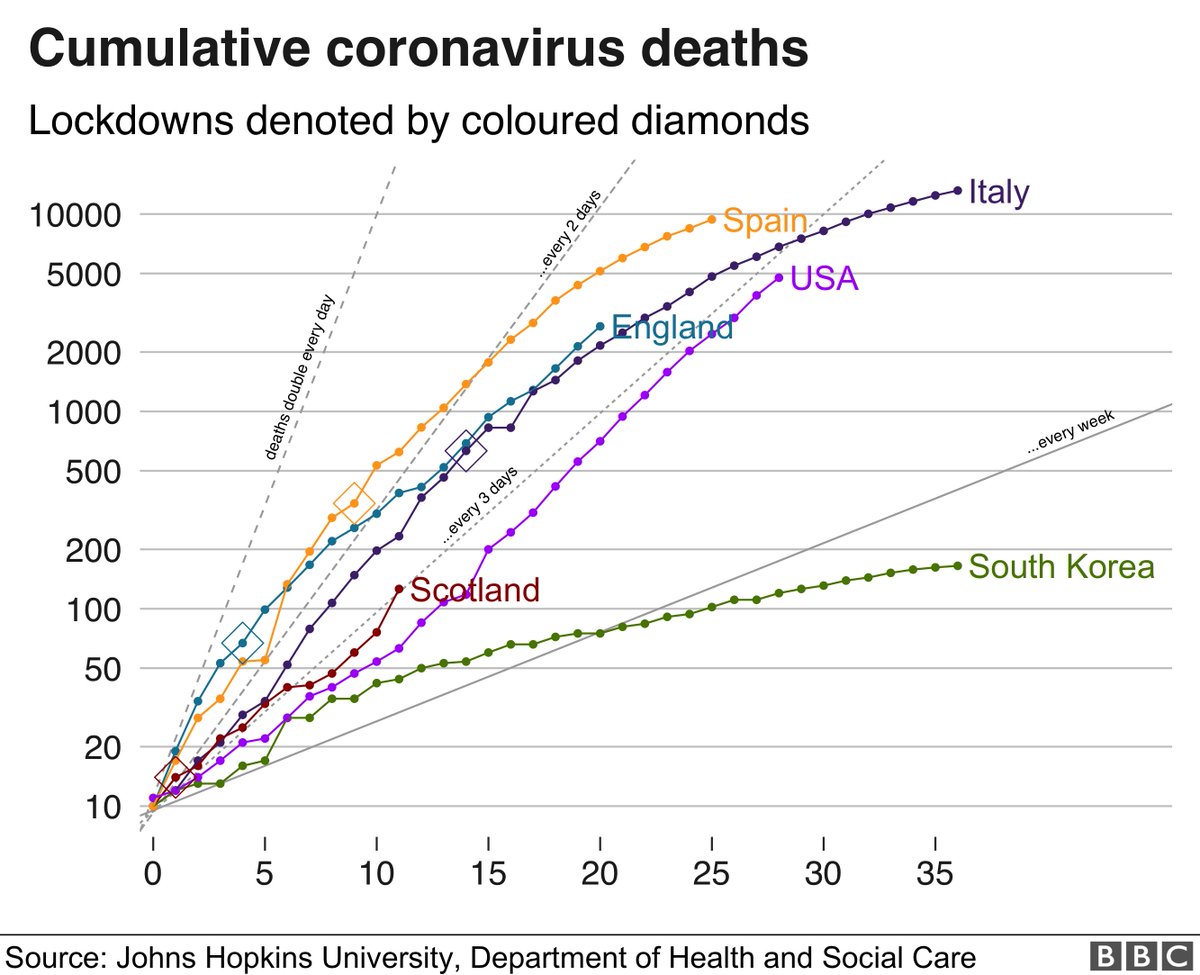
And just last week the Scottish Gov't warned about a rise in traffic despite lockdown restrictions still being in place.
@transcotland currently operates nearly 80 of these across Scotland - albeit with none in Western Isles, Shetland Islands or Orkney.

2) there's no way of knowing whether these are English residents travelling into Scotland - these could quite easily be Scottish residents out for a scenic drive on the A1...
This could be down to increased traffic to Prestwick airport, Ayr beach, or people going for a scenic coastal drive.
The A84 near Doune, and Stirling castle, saw a rise of 103% in traffic - an increase of nearly 3,000 trips.
But is this increase in traffic a recent trend with the lockdown restrictions having just been eased?
The largest spikes occurred on 28 May - presumably with people enjoying their new-found freedom.








